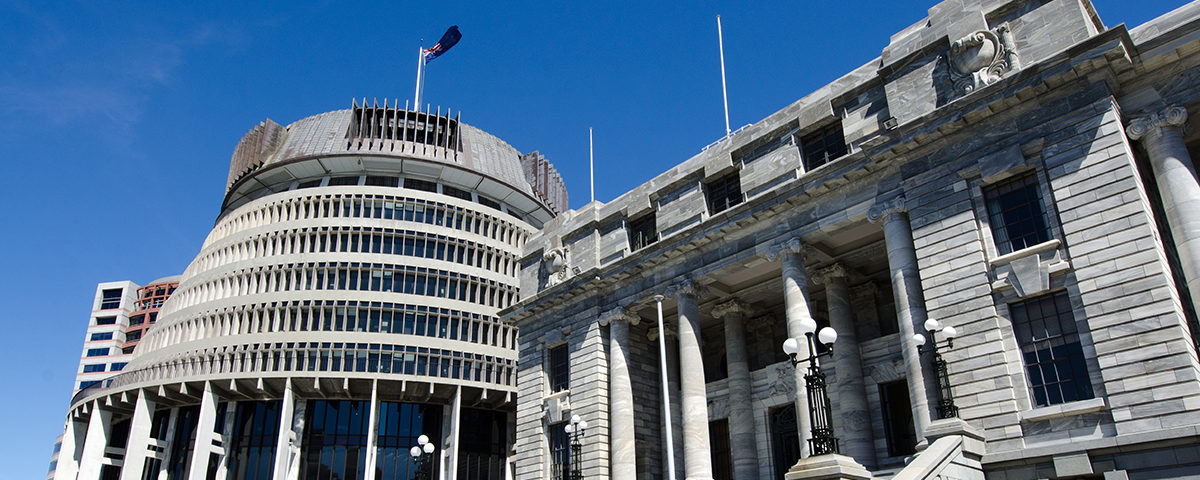
Update on recent happenings in Wellington
Due to Government activities ceasing for last month’s election, there hasn’t been much to write in terms of updates recently. With the recent confirmation of the election results, things have suddenly sprung back to life.
Small Business Cashflow Scheme
In its first Cabinet meeting of the term, the new Government has decided to extend and expand the Small Business Cashflow Scheme.
The scheme was supposed to expire at the end of this year has been extended until 31 December 2023. The interest-free periods for the loans have been extended from one to two years.
The original loans were only allowed to be used for working capital. The Government has signalled that the use of the loans will be broadened to include the likes of capital expenditure. Further announcements are expected in due course.
The changes will be made to the terms and conditions of the loans. The changes will apply to new and existing loans. Inland Revenue are responsible for making the changes, but they have not given a timeframe for this, except that it will occur before 31 December 2020.
At this stage, other aspects of the loan such as the term, the qualifying criteria, and the amounts of the loan all stay the same. However, the Government has signalled further unspecified changes and this is thought to include loosening the rather tight qualification criteria.
Tax rate changes
Finally, it has been confirmed that the increase of the top tax rate for income over $180,000 for individuals to 39% will apply from 1 April 2021.
There are a lot of consequential changes that might be made as a result of a new top tax rate. For instance, the RWT rate on dividends might increase to 39%. Further, the FBT rate is usually aligned to the top tax rate, so this might increase to 63.93% (being the grossed-up equivalent of a 39% tax on cash pay). This is the problem of a poorly thought out policy that is aimed at catching no more than 2% of taxpayers. Does the Government choose to align the rates, creating additional compliance for the 98% of taxpayers that are not impacted, or not change them and create additional distortions? Labour promised that there would be no other new taxes, so perhaps their hands are tied?
April will come around quickly, so taxpayers who might be impacted by the top tax rate should start planning for this as soon as possible.
One of the main issues is going to be companies with high level of retained earnings. The 5% top-up on a dividend from company tax rate of 28% to the shareholders 33% tax rate seemed bad enough for many taxpayers, so the 11% that will now be required will be intolerable. This will likely create two behaviours for many closely held companies – bringing forward dividends before the new tax rate takes effect, or companies will freeze paying dividends until there is a change of government. The first option here will increase the countries tax take, while the latter will reduce it.
Highly profitable Look Through Companies and Partnerships will also be problematic. It is reasonable to expect that many of these will restructure to become companies, and this will also reduce New Zealand’s tax take.
Vaccine progress
The biggest recent news has come from overseas. Pharmaceutical giant, Pfizer announced successful trials of its Covid vaccine, with trials showing it to be safe and 90% effective (subsequently upgraded to 95%). They have now sought urgent approval for use in certain countries and it is possible people in certain countries will be receiving the vaccine before Christmas.
Moderna followed suit a few days later, announcing the final stage of trials showed its vaccine to be safe and 95% effective.
Another large program led by the Oxford University recently announced “encouraging” results but will not be in a position to release its final results for another month.
As a vaccine now seems to be the only way to get the world back to something resembling normal, share markets around the world have reacted very positively to the vaccine news.
Luckily, the Pfizer vaccine is one of the vaccines that New Zealand had already signed up for. The Government has indicated that New Zealanders could be receiving the vaccine in the first quarter of 2021, with frontline health workers and the elderly being given priority.